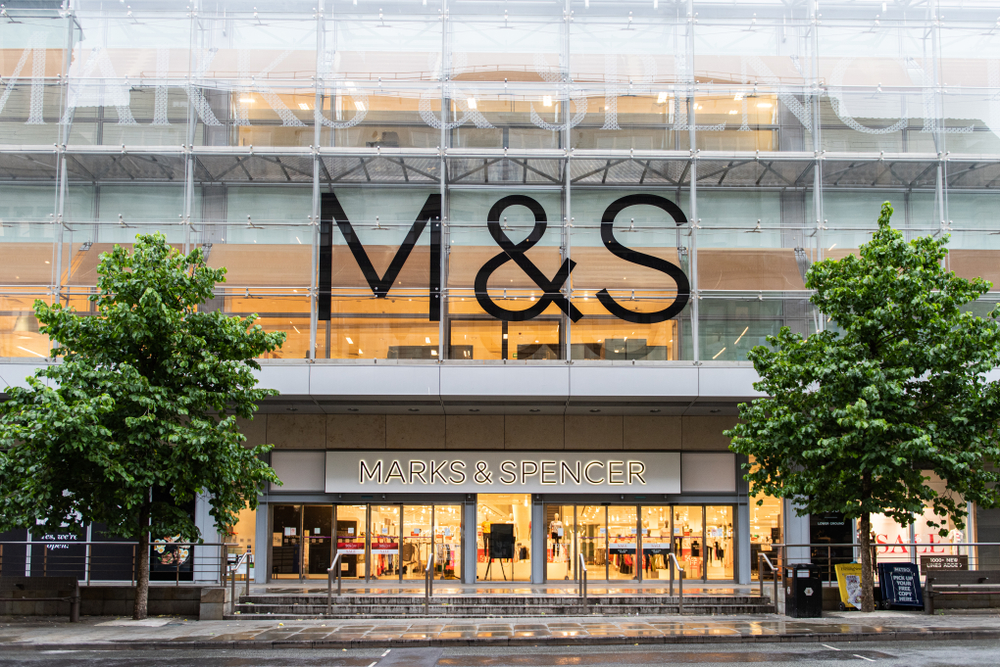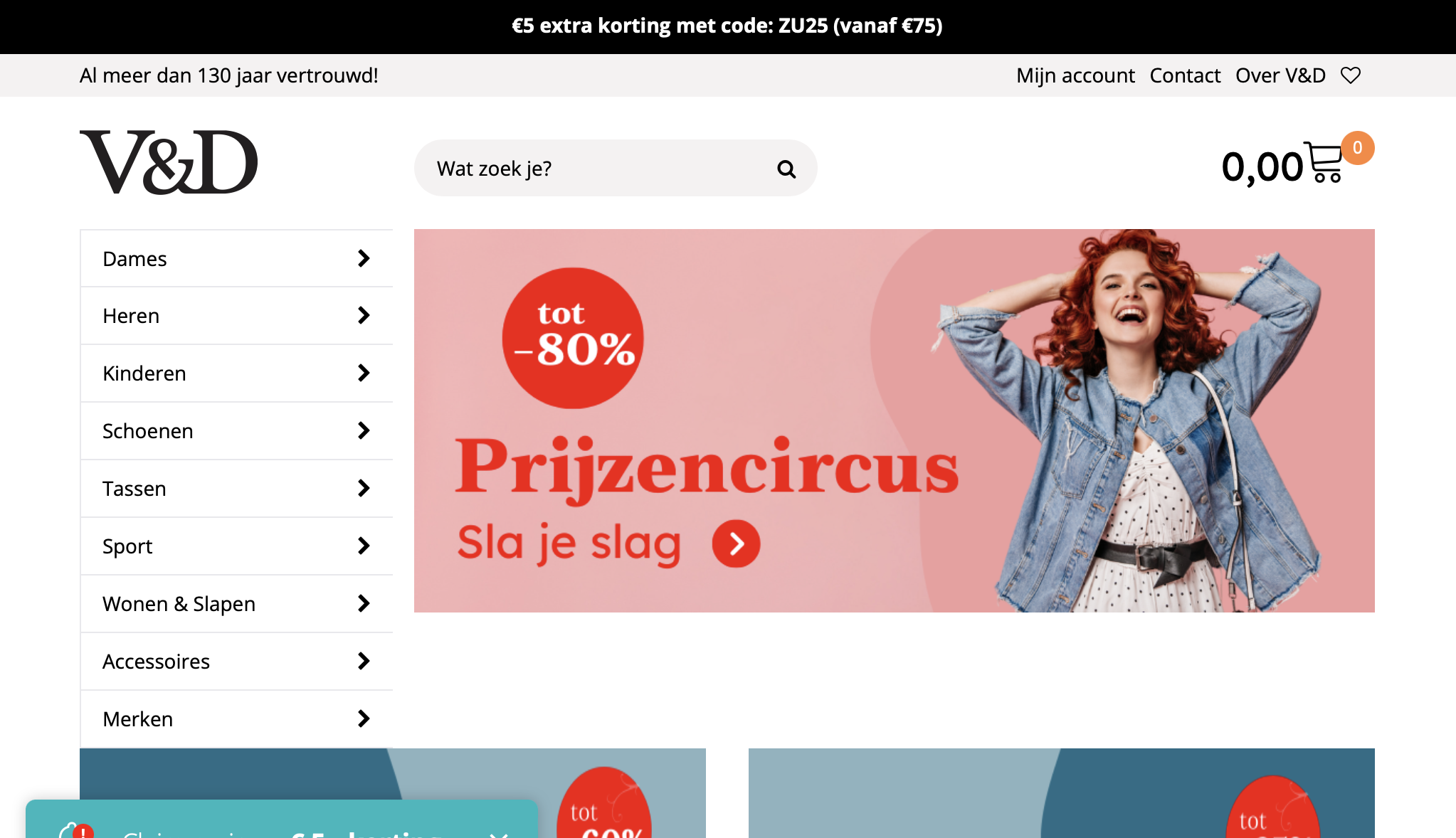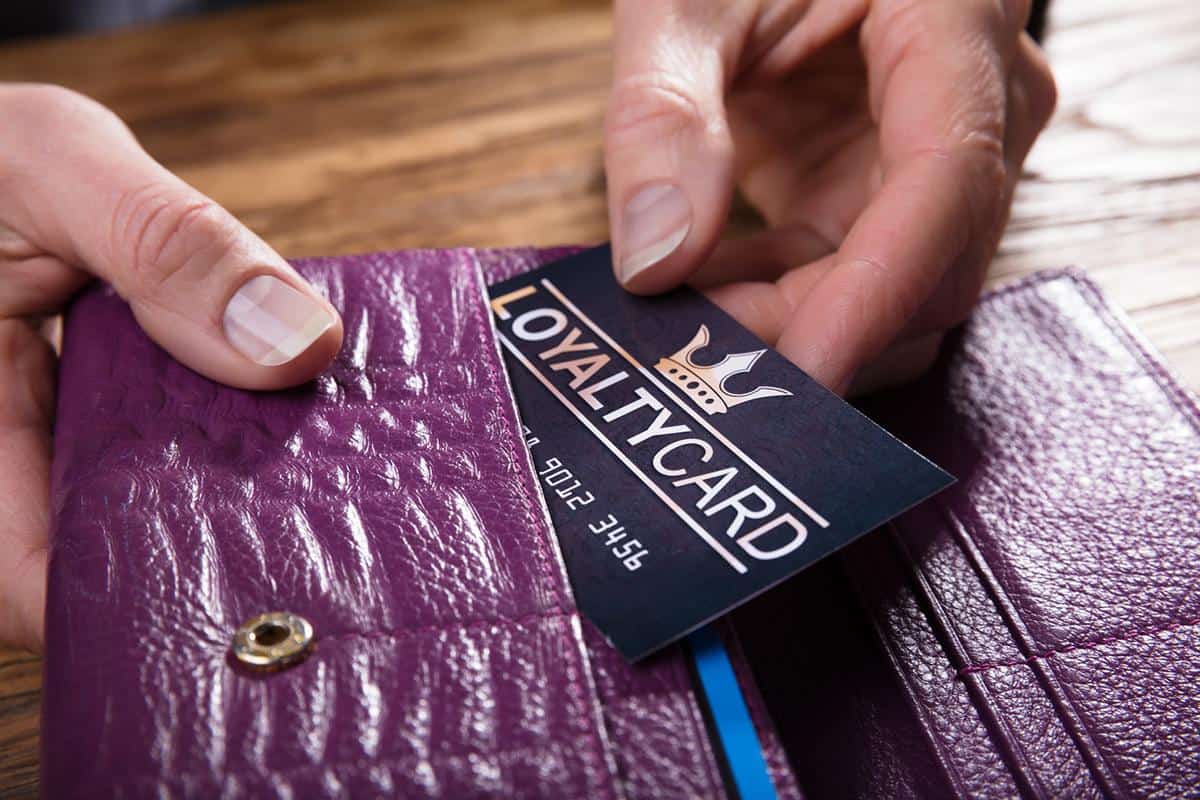News that Next [IRDX RNXT] – a Leading company in IRUK Top500 research and leader in the Operations and Logistics Performance Dimension within that ranking – is seeing a massive volume of e-commerce traffic coming through mobile channels comes as no surprise. What is interesting is what it reveals about shopping habits and apps verses m-web.
Next has always been something of a pioneer in mobile, being one of the first major retailers to have a transactional app, being an early adopter of mobile web and designing the services on these devices to largely be useful and intuitive.
As our story reveals, back in 2010 95% of Next’s orders, by value, were placed on desktop. By 2015, just 37% of orders were placed on PCs, with the balance via tablets and phones.
However, conversion rates on mobile still lag desktop. Next says it is improving mobile sites to boost this, but it seems that its still not clear how to do that.
In Next’s case 8.5% of PC visitors convert, while 7.7% of tablet and just 4.2% of smartphone do so. However, a better app in tablet has boosted conversions to 10%, while directing user to m-web on phones has lifted conversion here to 5.5%. It is clear that, in Next’s case at least, there is a clear user case for each of these devices and, if catered to, you can increase conversion across all of them.
What is key here – and what marks Next out – is that the retailer has taken the approach of doing different things across different channels to boost conversion in each. This may seem, in an omni-channel world, not the thing to do, but it shows how complex modern retail has become.
Yes, you need joined up, non-siloed thinking across your business. You also need disjointed, siloed thinking across your business at the same time.
How do you manage this? Well, you need to look at what needs to be joined up and what doesn’t. And you need data.
In Next’s case, the retailer needs to make sure that carts, card details and preferences are shared across all devices and touchpoints. But when it comes to devices and device usage the retailer has looked very closely at how users experience each of these. M-web seems to work best on smartphones, a look-book app approach seems to cut it on tablets and websites work on the web.
This segmentation of experience is crucial and something that retailers really need to get. Research by SLI Systems reveals that 35% of UK-based online retailers list customer experience as their highest priority in the coming year, with mobile optimisation coming in a strong second (26%). Clearly Next has taken this to heart and is working on how these two business drivers work together.
What will really drive this change – and is, I imagine, driving this strategic approach at Next – is data. Understanding what customers are doing at every stage of their shopping journeys across all devices is crucial. This is the thing that many retailers miss: they need to not only look at how many people are using each channel, but also how that relates to what type of service they are using – app, web, m-web – and what they are doing with each. From this you can create the right ‘versions’ of your self for each and, as Next is starting to prove, up conversion rates on each. This is what’s next for retail.








